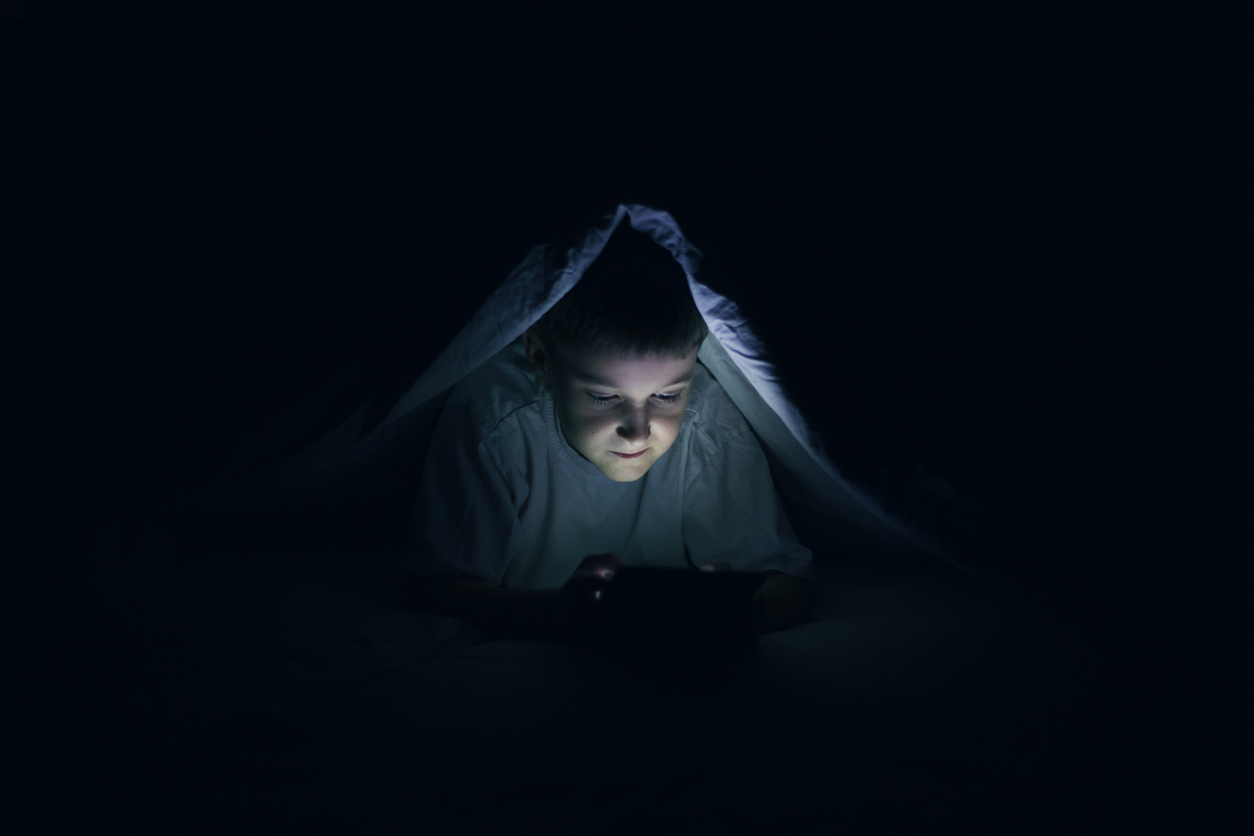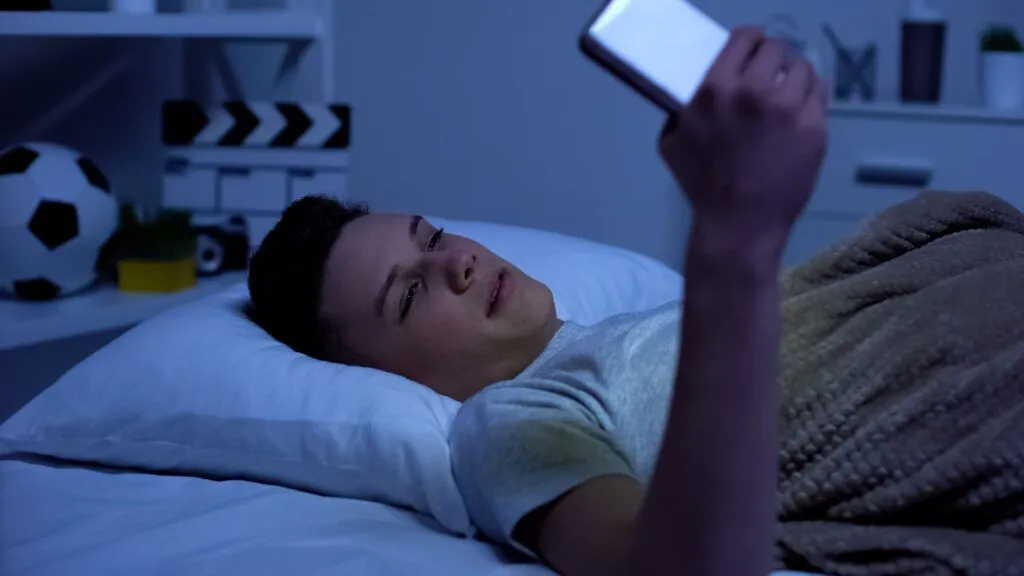
In the digital age, pornography has become more accessible than ever, presenting a serious threat to the well-being of children and adolescents. What was once a taboo subject confined to secrecy is now just a click away. For many parents, the challenge of protecting their children from the harmful effects of pornography feels overwhelming. The alarming reality is that teenagers—due to their developmental stage—are especially vulnerable to its dangers.
This essay seeks to unravel the serious consequences of pornography, its impact on young minds, and offer practical strategies for parents to help their children escape its trap before it rewires their brains and behavior.

Understanding the Threat of Pornography
Pornography, in its most basic sense, is any material that graphically depicts sexual content. Its prevalence in today’s world cannot be overstated. According to research conducted by the Journal of Adolescent Health, 93% of boys and 62% of girls are exposed to internet pornography during adolescence, with many encountering it as early as 11 years old. The omnipresence of sexual content across various platforms—social media, websites, and streaming services—means that children often stumble upon these materials, even unintentionally.
But what makes pornography so harmful, especially for teenagers? To answer this, we must explore both the psychological and physiological effects.

The Adolescent Brain: Why Teens Are So Vulnerable
Adolescence is a period of intense brain development, where pathways in the brain are still forming and solidifying. The prefrontal cortex, responsible for decision-making, impulse control, and understanding consequences, is one of the last parts of the brain to fully mature, typically not completing development until the mid-20s. However, the limbic system—the emotional center of the brain, associated with pleasure and reward—develops much earlier. This imbalance means that teenagers are particularly susceptible to engaging in risky behaviors without fully considering the long-term consequences.
When teens are exposed to pornography, it activates the brain’s reward system, flooding it with dopamine, a neurotransmitter responsible for pleasure and motivation. Over time, consistent exposure can desensitize the brain, requiring more explicit and extreme material to achieve the same level of satisfaction. This rewiring can lead to an addictive pattern of behavior, where the teen increasingly turns to pornography for emotional fulfillment and stimulation, often at the expense of real-world relationships and experiences.

Psychological Impact: The Distorted Reality of Sex and Relationships
Pornography provides a distorted and often violent view of sex, portraying unrealistic body images, emotions, and sexual dynamics. For teenagers, who are still developing their understanding of healthy relationships, this can have profound consequences. Studies show that early exposure to pornography can lead to:
- Skewed Perception of Sexuality: Teens may begin to see aggressive, exploitative, or harmful behaviors as normal parts of sexual interactions, impairing their ability to form healthy, respectful relationships.
- Increased Risk of Sexual Objectification: Pornography often reduces people—especially women—to mere objects of desire. This can perpetuate gender stereotypes, encouraging harmful views of women as submissive and men as dominant.
- Decreased Empathy and Emotional Connection: Frequent exposure to pornography has been linked to decreased empathy for real-life sexual partners. Pornography fosters a detached, transactional view of sex, where emotional intimacy is often missing. This can hinder a teen’s ability to form meaningful, emotionally fulfilling relationships in adulthood.
- Escalation to Risky Behavior: Teens who consume pornography may be more likely to engage in risky sexual behavior, including unprotected sex, multiple partners, and even coercive sexual acts, believing that such behaviors are normal or desirable.
Physical and Emotional Consequences
The mental and emotional toll of pornography on teenagers is significant. A study published in the Journal of Adolescence found that frequent use of pornography was linked to higher rates of anxiety, depression, and social isolation in teens. Rather than fostering a healthy understanding of sex and relationships, pornography can trap teens in a cycle of shame, guilt, and addiction. Some experience a growing sense of dissatisfaction with their own bodies and relationships as they compare themselves to the unrealistic, often digitally enhanced images they see on screen.
Physiologically, some teenagers may also suffer from what experts call “porn-induced erectile dysfunction,” a condition where young men find it difficult to become aroused without the extreme stimulation of pornography. This is particularly concerning, as it affects their sexual health at a critical period of growth and development.

How Parents Can Help Teens Avoid the Trap of Pornography
As daunting as the challenges seem, parents can take proactive steps to protect their children from the dangers of pornography. Here are practical and research-based strategies:
- Start Early with Open Conversations: Don’t wait until your child is already exposed to pornography. Begin age-appropriate conversations about sex, respect, and the dangers of pornography from a young age. Emphasize that their bodies are sacred and that real love involves respect, trust, and mutual care.
- Monitor and Set Boundaries on Digital Devices: Establish clear boundaries for internet and device usage. Use parental controls and filters to restrict access to pornographic websites and inappropriate content. However, don’t rely solely on technology to block access; it’s essential to couple these tools with ongoing dialogue and trust-building.
- Educate Them About the Impact: Teach your teen the psychological and physiological consequences of pornography, particularly how it can distort their views on relationships and degrade their ability to experience real emotional intimacy. Show them scientific studies about the addictive nature of pornography and its negative impact on brain development.
- Encourage Healthy, Fulfilling Activities: Teens who feel connected to their families, friends, and communities are less likely to seek out unhealthy sources of pleasure. Encourage your teen to participate in sports, hobbies, volunteering, and social activities that provide emotional and physical fulfillment. This builds resilience against the pull of pornography.
- Foster Accountability and Trust: Create an environment where your teen feels safe discussing difficult topics like pornography without fear of judgment or punishment. When they know they can turn to you for support and guidance, they are more likely to come to you when they feel tempted or confused.
- Be a Role Model: Show your children what it means to have healthy, respectful relationships. Model the behavior you want them to emulate. If you struggle with issues related to pornography, seek help and healing yourself so that you can be an example of overcoming the challenge.
- Partner with Schools and Churches: Many schools and faith-based organizations offer programs to help educate teens about the dangers of pornography. Partner with these institutions to ensure your child is receiving consistent, positive messages about sexuality, respect, and integrity.
Empowering Our Teens for a Healthier Future
In today’s hyper-connected world, the battle against pornography is real, but it is not insurmountable. By understanding the dangers it poses—both psychologically and physiologically—parents can take actionable steps to guide their teens toward healthier, more fulfilling lives. The key is open communication, education, and fostering environments where teens feel supported, valued, and empowered to make choices that protect their well-being.
With vigilance, compassion, and guidance, parents can help their teens escape the trap of pornography, enabling them to grow into men and women of integrity, respect, and true emotional connection.





